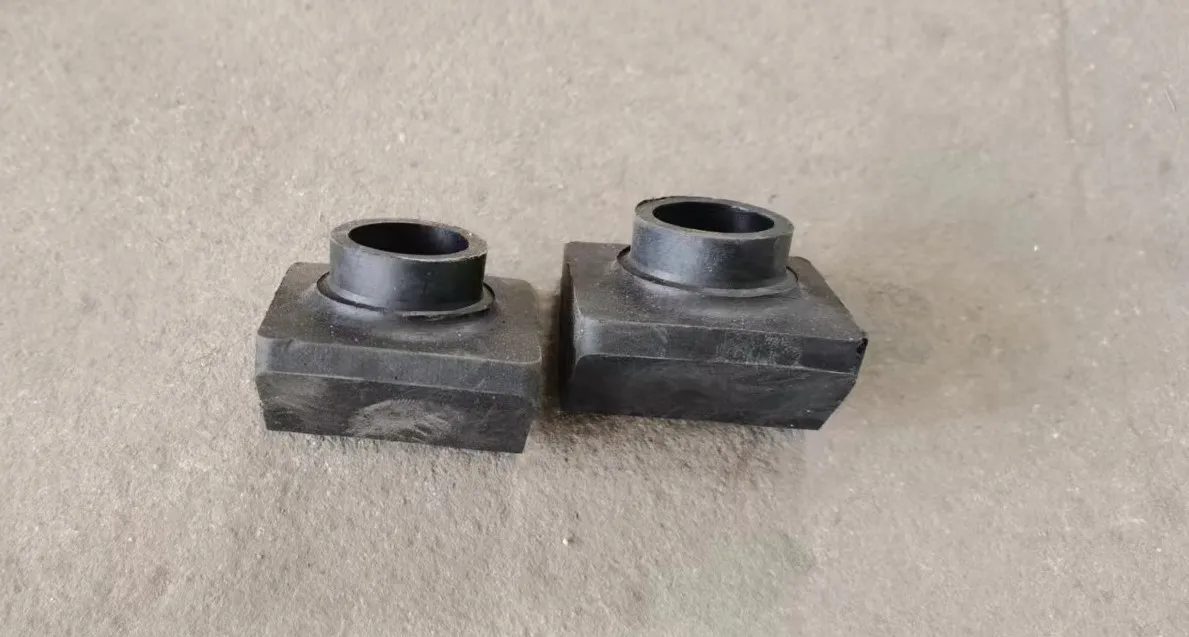loading...
- No. 9, Xingyuan South Street, Dongwaihuan Road, Zaoqiang County, Hengshui, Hebei, China
- admin@zjcomposites.com
- +86 15097380338
- Welcome to visit our website!
Enhanced Performance with Fiber-Reinforced Plastic Rods for Various Applications
The Advancements and Applications of Fiber Reinforced Plastic Rods
Fiber reinforced plastic (FRP) rods are an innovative composite material that combines the lightweight properties of plastics with the strength and durability of fiber reinforcements. This combination makes them an ideal choice for a wide range of applications across various industries. With growing technological advancements, FRP rods have gained significant attention for their unique attributes, leading to a transformation in traditional material usage.
Composition and Properties
FRP rods are made by embedding fibers, typically glass, carbon, or aramid, within a plastic matrix, such as epoxy, polyester, or vinyl ester. This reinforcement process enhances the mechanical properties of the rods, including tensile strength, stiffness, and resistance to environmental degradation. As a result, FRP rods can withstand corrosive elements, making them excellent for use in harsh environments like marine, chemical, and wastewater treatment applications.
One of the standout features of FRP rods is their lightweight nature. Compared to traditional materials such as steel or aluminum, FRP rods weigh significantly less while still maintaining comparable strength. This weight advantage simplifies the structural design, reduces transportation costs, and facilitates easier installation processes.
Applications in Construction and Infrastructure
The construction and infrastructure sectors are among the primary beneficiaries of FRP technology. In these fields, FRP rods are widely used as reinforcing bars (rebar) in concrete structures. Traditional steel rebar often suffers from corrosion, especially in environments exposed to moisture and chemicals. FRP rods, on the other hand, are highly resistant to such conditions, leading to enhanced longevity and decreased maintenance costs for structures.
Additionally, FRP rods can be found in applications ranging from bridges and tunnels to high-rise buildings, where their lightweight and high strength characteristics significantly reduce the overall load on supporting structures. Their non-conductive properties also make them suitable for electrical and electronic applications, mitigating risks associated with electrical grounding.
fiber reinforced plastic rod

Innovations in Transportation
In the transportation sector, FRP rods have found applications in the manufacturing of lightweight yet strong vehicle parts. This trend is particularly relevant in the automotive and aerospace industries, where weight reduction directly correlates with fuel efficiency and performance enhancements. By integrating FRP components, manufacturers can achieve higher fuel economy without compromising safety or structural integrity.
Moreover, FRP rods are employed in rail and transit systems, as they can significantly reduce track weight and allow for easier installation. The durability of these materials minimizes disruptions caused by maintenance, making them an attractive option for modern transit systems.
Environmental Considerations
As the focus on sustainability intensifies globally, the adoption of FRP rods provides an environmentally friendly alternative. Their extended lifespan reduces the need for frequent replacements, thereby minimizing material waste. Furthermore, the production processes of FRP can be optimized to utilize recyclable materials, leading to a lower carbon footprint compared to conventional materials.
Conclusion
In conclusion, fiber reinforced plastic rods represent a significant advancement in material technology, offering a blend of strength, lightness, and resistance to environmental factors. Their versatile applications across construction, transportation, and various industries underscore their transformative potential. As research continues to improve the performance and applications of FRP rods, they are poised to play an increasingly vital role in building a sustainable future, contributing to innovative solutions that meet the demands of modern engineering and environmental stewardship. The evolution of FRP technology promises exciting developments, ensuring that these composites remain at the forefront of material science for years to come.
-
Premium FRP Handrail for All ApplicationsNewsAug.29,2025
-
Low Maintenance FRP Mini Mesh Grating ProductsNewsAug.29,2025
-
Innovative FRP Square Tubes for Modern Industrial SolutionsNewsAug.29,2025
-
FRP Water Storage Tanks Wholesale Solutions for Bulk BuyersNewsAug.29,2025
-
FRP Molded Grating Solutions for Diverse Industrial ApplicationsNewsAug.29,2025
-
Construction Advancements Through FRP Pultruded ProfilesNewsAug.29,2025
-
Why Choose FRP Railings, Guardrails, and Handrail Systems?NewsAug.29,2025
